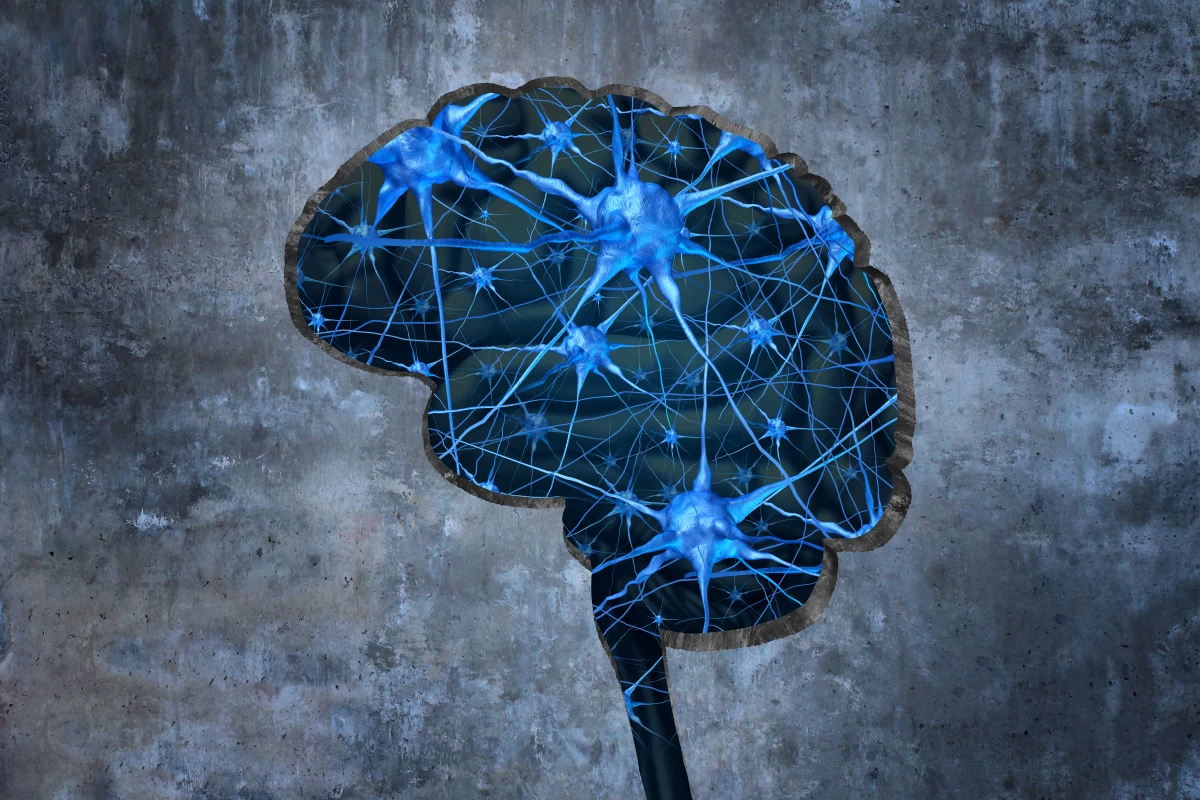A few years after the 1918 Spanish Flu pandemic doctors around the world began to notice an increase in new Parkinson’s disease cases. This link between viral infection and increased Parkinson’s risk has been an ongoing mystery to scientists for well over a century. And the association isn’t just limited to the H1N1 influenza virus behind the 1918 pandemic. A variety of other viral infections have been linked to increased Parkinson’s risk, from Japanese encephalitis to HIV.
Early in 2020, as the novel coronavirus SARS-CoV-2 swept across the world, scientists warned of a potential spike in neurodegenerative disease in the coming years. Around five years after the 1918 pandemic new Parkinson’s diagnoses had almost tripled, and considering how pervasive COVID-19 infections have been even just a mild increase in Parkinson’s cases could lead to tens of millions of extra diagnoses over the coming decade.
A new study, from researchers at Thomas Jefferson University and New York University, is trying to understand how SARS-CoV-2 could increase a person’s risk of Parkinson’s disease. Richard Smeyne, first author on the study, said the most common explanation is called the “multi-hit hypothesis.” A viral infection doesn't directly cause neurodegenerative disease, but instead it makes the brain more susceptible to other risk factors that can trigger disease.
“We think about a ‘multi-hit’ hypothesis for Parkinson’s – the virus itself does not kill the neurons, but it does makes them more susceptible to a ‘second hit’, such as a toxin or bacteria or even an underlying genetic mutation,” said Smeyne.
A previous study by Smeyne found mice infected with the H1N1 influenza virus were more likely to experience neurodegeneration when exposed to MPTP, a molecule used to simulate Parkinson’s-like neurodegeneration in animal models. MPTP particularly targets dopamine-producing neurons in the basal ganglia so it has been used consistently for several years as a way of modeling Parkinson’s degeneration in animal studies.
The new research looked to a novel mouse model, engineered with certain human receptors to allow it to be infected with SARS-CoV-2. The animals were exposed to a dose of the virus that corresponded with a mild COVID-19 infection in humans.
The animals were allowed to recover from the acute viral infection, and then about one month later were injected with a small dose of MPTP. The dose of MPTP was so low that healthy control mice not exposed to SARS-CoV-2 did not display any neuron damage.
However, in the animals exposed to the coronavirus, the MPTP was enough to trigger a pattern of neuron damage in the basal ganglia similar to what is seen in Parkinson’s disease. The animals exposed to SARS-CoV-2 were as sensitive to MPTP damage as those animals in the prior H1N1 study.
So how could a SARS-CoV-2 infection make these neurons more susceptible to the neurodegeneration associated with Parkinson’s disease? That’s the big unanswered question.
There is still debate over whether the neurological symptoms of this novel coronavirus are the result of it directly encountering brain cells. Some research has found traces of SARS-CoV-2 in human brains but it’s unclear whether this is what could be causing issues such as the brain fog or cognitive decline associated with COVID-19.
Interestingly, prior work with a variant of H1N1 has found that virus does not directly infect neurons in the central nervous system, yet it still does heighten Parkinson’s risk in MPTP experiments. This suggests an indirect neuroinflammatory mechanism may be what is sensitizing neurons to the effect of the Parkinson’s-causing toxins, at least in the case of H1N1 infection.
In this new study the researchers did detect increased volumes of microglia in the basal ganglia of the coronavirus-infected mice. Microglia are a type of brain immune cell than can cause damage when they are abnormally activated.
So Smeyne and his colleagues speculate this neuroinflammation triggered by a SARS-CoV-2 infection could make certain neurons more vulnerable to subsequent attack, heightening a person’s Parkinson’s risk. But Smeyne is cautious to make clear it is way too soon to say this is definitely happening in humans.
“First of all, this is preclinical work,” Smeyne noted. “It is too soon to say whether we would see the same thing in humans, given that there seems to a 5-10 year lag between any changes in clinical manifestation of Parkinson’s in humans. If it does turn out that COVID-19 increases the risk of Parkinson’s, it will be a major burden on our society and healthcare system. But we can anticipate that challenge by advancing our knowledge of potential ‘second hits’ and mitigating strategies.”
The new study was published in the journal Movement Disorders.
Source: Thomas Jefferson University




